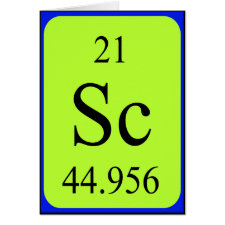
Authors: Mofrad SMRK, Naeimpoor F, Hejazi P, Nematollahzadeh A
Article Title: Effect of electrostatic functional monomers on lysozyme recognition by molecularly imprinted hydrogel.
Publication date: 2015
Journal: Journal of Applied Polymer Science
Volume: 132
Issue: (5)
Page numbers: Article No 41366.
DOI: 10.1002/app.41366
Abstract: Electrostatic functional monomers (EFMs) play an important role in noncovalent molecular imprinting due to their formed complexes with the complementary segment(s) of the template molecule. In this work using UV difference spectroscopy, interaction saturations of methacrylic-acid and 2-dimethyl-amino-ethyl-methacrylate in complex formation with lysozyme (Lyz) surface was found to occur at molar ratios to Lyz of 400 and 100, respectively. Based on these results and the estimated free to total EFMs ratios, four sets of imprinted/nonimprinted hydrogel samples were synthesized alongside the two sets based on lysozyme surface charges and equal EFMs. Comparisons showed that the highest absorption capacity of 59 mg/g and imprinting effect of 1.58 correspond to samples with EFM/Lyz ratios at saturation and minimum free to total EFM/Lyz ratios, respectively. Minimization of free monomers is hence important in recognition of proteins by avoiding the nonspecific binding. This can have generic application for specific separation of other macromolecules. -® 2014 Wiley Periodicals, Inc. J. Appl. Polym. Sci. 2015, 132, 41366
Template and target information: protein, lysozyme, Lyz
Author keywords: functionalization of polymers, molecular recognition, proteins



Join the Society for Molecular Imprinting

New items RSS feed
Sign-up for e-mail updates:
Choose between receiving an occasional newsletter or more frequent e-mail alerts.
Click here to go to the sign-up page.
Is your name elemental or peptidic? Enter your name and find out by clicking either of the buttons below!
Other products you may like:
 MIPdatabase
MIPdatabase









